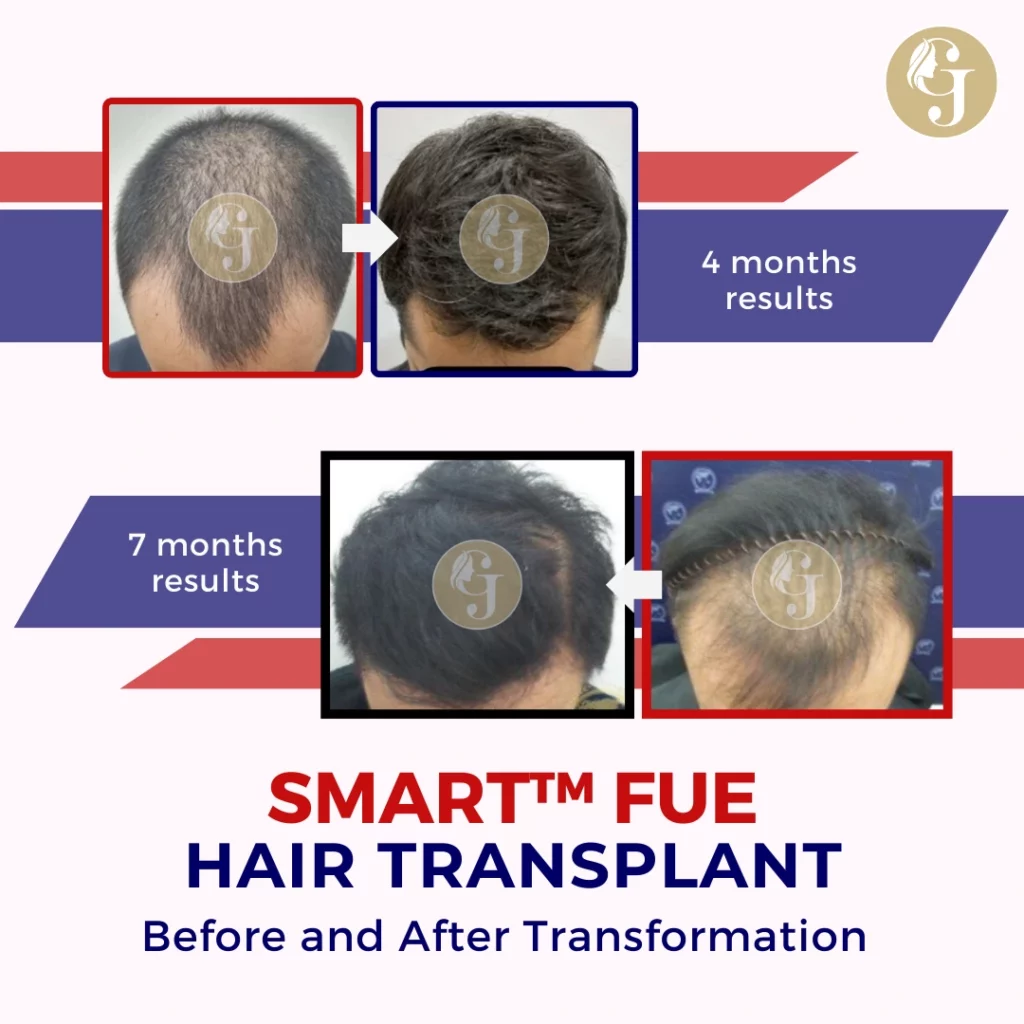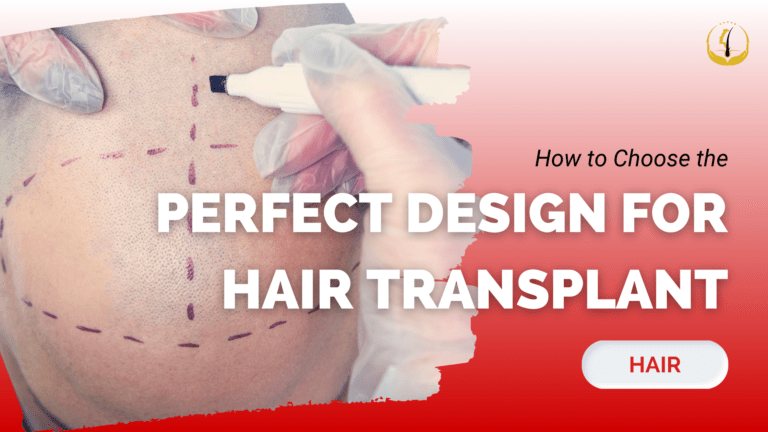Dealing with hair loss can be emotionally challenging, impacting both confidence and self-esteem. Fortunately, the evolution of medical science has introduced hair transplant procedures as a viable solution for restoring a full head of hair. Among the critical decisions in this journey is choosing the perfect design, a decision influenced by factors such as hairline shape, density, natural growth patterns, and overall aesthetic goals.
Research and Consultation
Embarking on a hair transplant journey begins with comprehensive research. Gathering information about various transplant techniques, current trends, and the reputation of clinics or surgeons is crucial. Consulting with a skilled and experienced hair transplant surgeon is imperative for personalized recommendations tailored to your unique hair loss pattern, aesthetic preferences, lifestyle, and expectations.
Hairline Design for Hair Transplant
The hairline is a pivotal aspect of post-transplant appearance, framing the face and influencing overall aesthetics. Achieving a natural-looking hairline involves considering factors like age, gender, and facial symmetry. Surgeons discuss various hairline shapes—rounded, straight, or slightly receded—and work with patients to determine the design that complements individual characteristics for a harmonious and realistic outcome.
Donor Hair Distribution
Strategically mapping out donor hair distribution is crucial for a balanced and symmetrical appearance. Surgeons consider current hair density, potential future hair loss, and desired coverage when placing hair grafts. An even distribution ensures a uniform look, enhancing the overall aesthetic of the transplant.

Natural Hair Growth Patterns
Mimicking natural hair growth patterns is essential for a seamless transition between transplanted and existing hair. Surgeons account for the specific angle and curvature of natural hair growth, ensuring the newly transplanted hair blends seamlessly, making it virtually indistinguishable.
Personalized Approach
Recognizing that each individual’s hair loss journey is unique, a reputable hair transplant surgeon analyzes characteristics like texture, color, and curl. This personalized approach ensures a natural-looking design that complements the individual’s overall appearance.
Future Considerations
Well-designed hair transplants consider future hair loss patterns. Surgeons address current areas of hair loss while also considering potential future balding areas. This foresight ensures the design remains cohesive as individuals age, maintaining a natural and pleasing appearance for years.
Choosing the perfect design for a hair transplant involves a careful blend of research, consultation, and collaboration with an experienced surgeon. A well-designed transplant not only restores hair physically but also contributes to the restoration of confidence, allowing individuals to feel their best selves once again
FAQs (Frequently Asked Questions)
Q1: Is hair transplant a lasting solution for hair loss?
A: Yes, hair transplant provides a permanent solution for hair loss when performed by qualified professionals.
Q2: How do I choose the right hair transplant design for my face?
A: Consult with an experienced surgeon who will consider factors such as age, gender, and facial symmetry to determine the ideal design.
Q3: What is the importance of mimicking natural hair growth patterns?
A: Mimicking natural growth patterns ensures a seamless blend between transplanted and existing hair for a natural appearance.
Q4: Can a well-designed hair transplant address future hair loss?
A: Yes, a skilled surgeon considers potential future balding areas to ensure the design remains cohesive over time.
Q5: Why is a personalized approach essential in hair transplant design?
A: Each individual’s hair characteristics are unique, requiring a personalized approach to achieve a natural-looking result.
Q6: How can I research different hair transplant techniques?
A: Research various techniques online, read reviews, and consult with experienced surgeons for insights into the latest trends.
Q7: What role does the hairline play in the overall appearance after a transplant?
A: The hairline frames the face and significantly influences post-transplant aesthetics, making its design crucial.
Q8: Is donor hair distribution important in a hair transplant?
A: Yes, strategic mapping of donor hair distribution ensures a balanced and symmetrical appearance for the overall aesthetic.
Q9: Can a hair transplant be customized to match my existing hair?
A: Yes, a personalized approach considers factors like texture, color, and curl to match the transplant with existing hair.
Q10: Why is consultation with a skilled surgeon imperative in a hair transplant journey?
A: A skilled surgeon can provide personalized recommendations based on individual hair loss patterns, lifestyle, and aesthetic goals.

